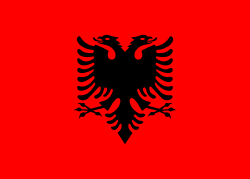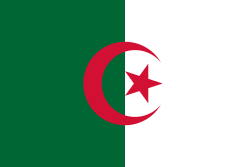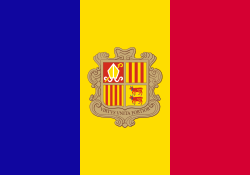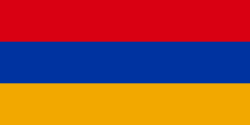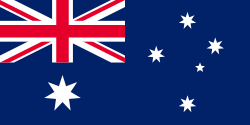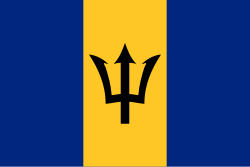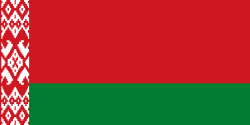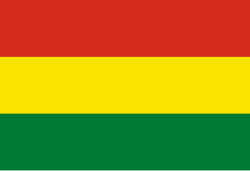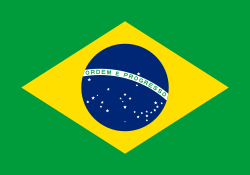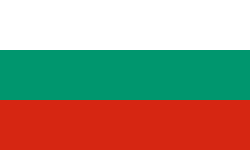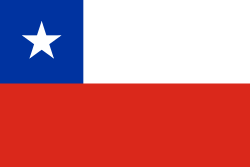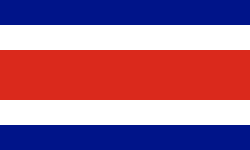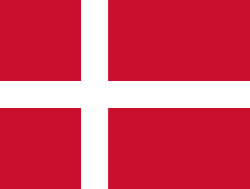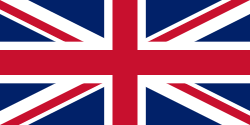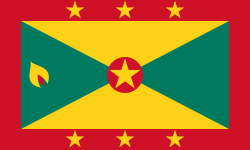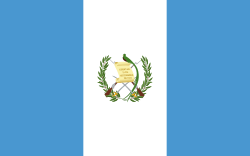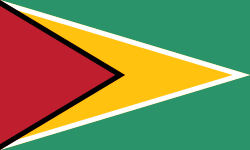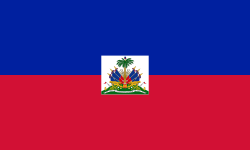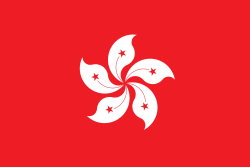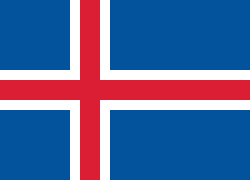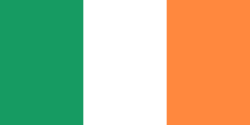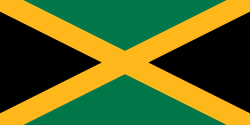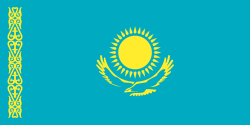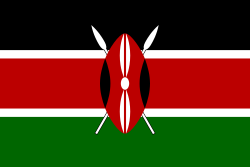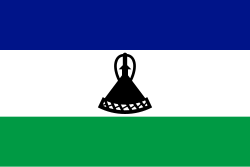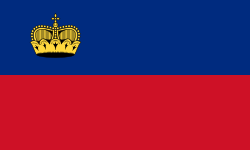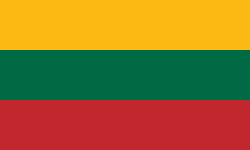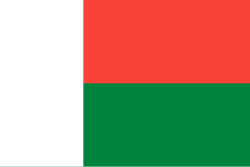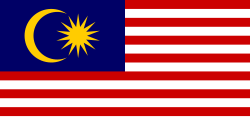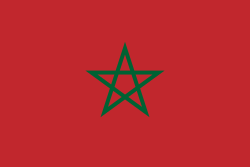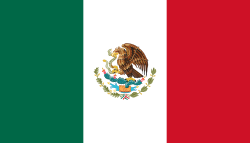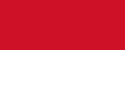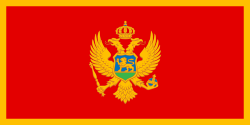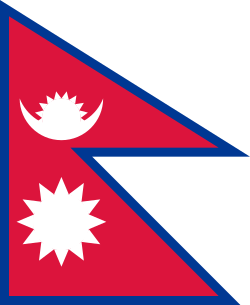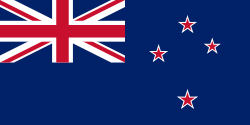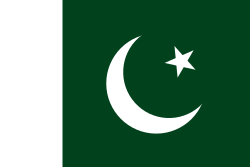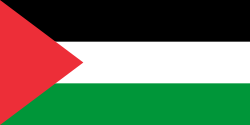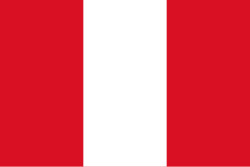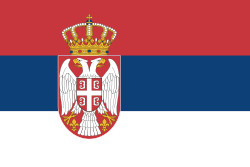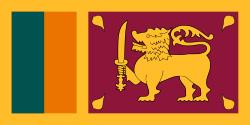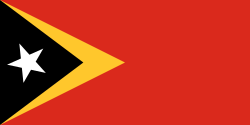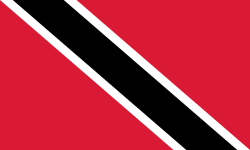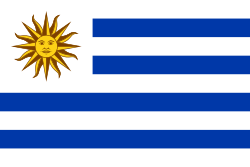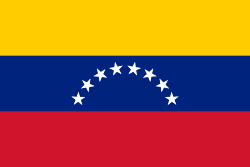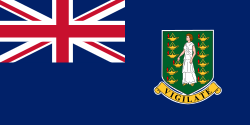Mezinárodní lyžařská federace
| Mezinárodní lyžařská federace | |
|---|---|
| Zkratka | FIS |
| Vznik | 1924 |
| Typ | sportovní federace |
| Právní forma | mezinárodní |
| Účel | Lyžování |
| Sídlo | |
| Místo | Oberhofen am Thunersee |
| Souřadnice | 46°43′45,84″ s. š., 7°40′22,3″ v. d. |
| Působnost | celosvětová |
| Úřední jazyk | angličtina, francouzština, němčina |
| Funkční období | 2022–2026 |
| Generální sekretář | Michel Vion / |
| Členové | 135 (2022) |
| Prezident | Johan Eliasch / |
| Viceprezidenti | Roman Kumpošt / Dexter Paine / Aki Murasato / Peter Schroecksnadel / |
| Přidružení | SportAccord, MOV, AOIWF |
| Oficiální web | www |
| Některá data mohou pocházet z datové položky. | |
Mezinárodní lyžařská federace (francouzsky Fédération internationale de ski et de snowboard, česky doslovně Mezinárodní lyžařská a snowboardingová federace, zkráceně FIS[pozn. 1]) je hlavní mezinárodní organizace lyžařských sportů sídlící ve švýcarském Oberhofenu am Thunersee. Byla založena 2. února 1924[1] během zimních olympijských her ve francouzském Chamonix národními reprezentacemi 14 států. K roku 2022 ji tvořilo 135 národních lyžařských federací. Pořádala přibližně 330 závodů ve světových pohárech, s celkovým počtem sedmi tisíc schválených soutěží a registrováno v ní bylo 30 764 aktivních sportovců.[2]
Na kongresu v italském Miláně byla v květnu 2022 schválena změna názvu federace, se zahrnutím snowboardingu – francouzsky Fédération internationale de ski et de snowboard, anglicky International Ski and Snowboard Federation. Oficiální mezinárodní zkratkou zůstala FIS.[3]
Lyžařské disciplíny

Federace dohlíží na soutěže Světového poháru a zadává organizování mistrovství světa v následujících disciplínách:
- Alpské lyžování (včetně alpské kombinace)
- Sjezd
- Superobří slalom
- Obří slalom
- Slalom
- Severské lyžování
- Freestylové lyžování
- Jízda v boulích
- Akrobatické lyžování
- Skikros
- U-rampa
- Jízda na Snowboardu
- Alpské lyžování
- Freestyle snowboarding
- Snowboardcross
- Ostatní a extrémní disciplíny
- Lyžování na trávě
- Kolečkové lyže
- Rychlostní sjezd
Výjimkou mezi lyžařskými sporty je biatlon, jejž nepodléhá FIS, avšak řídí jej vlastní organizace, Mezinárodní biatlonová unie (IBU, International Biathlon Union), která se oddělila v roce 1993. Také skialpinismus má vlastní federaci, je jí Mezinárodní skialpinistická federace.
Prezidenti FIS
| Prezident | Období | Národnost |
|---|---|---|
| Ivar Holmquist | 1924–1934 | |
| Nicolai Ramm Östgaard | 1934–1951 | |
| Marc Hodler | 1951–1998 | |
| Gian-Franco Kasper | 1998–2021 | |
| Johan Eliasch | od 2021 |
Mistrovství světa
FIS pořádá následující mistrovství světa:
- Mistrovství světa v alpském lyžování
- Mistrovství světa v klasickém lyžování
- Mistrovství světa v akrobatickém lyžování a snowboardingu
- Mistrovství světa v letech na lyžích
Členové
 Albánie
Albánie Alžírsko
Alžírsko Americká Samoa
Americká Samoa Andorra
Andorra Argentina
Argentina Arménie
Arménie Austrálie
Austrálie Rakousko
Rakousko Ázerbájdžán
Ázerbájdžán Bahamy
Bahamy Barbados
Barbados Bělorusko
Bělorusko Belgie
Belgie Bermudy
Bermudy Bolívie
Bolívie Bosna a Hercegovina
Bosna a Hercegovina Brazílie
Brazílie Britské Panenské ostrovy
Britské Panenské ostrovy Bulharsko
Bulharsko Kamerun
Kamerun Kanada
Kanada Kajmanské ostrovy
Kajmanské ostrovy Chile
Chile Čína
Čína Kolumbie
Kolumbie Kostarika
Kostarika Chorvatsko
Chorvatsko Kypr
Kypr Česko
Česko Severní Korea
Severní Korea Dánsko
Dánsko Dominika
Dominika Ekvádor
Ekvádor Egypt
Egypt Salvador
Salvador Eritrea
Eritrea Estonsko
Estonsko Svazijsko
Svazijsko Etiopie
Etiopie Fidži
Fidži Finsko
Finsko Francie
Francie Gruzie
Gruzie Německo
Německo Ghana
Ghana Spojené království
Spojené království Řecko
Řecko Grenada
Grenada Guatemala
Guatemala Guyana
Guyana Haiti
Haiti Honduras
Honduras Hongkong
Hongkong Maďarsko
Maďarsko Island
Island Indie
Indie Írán
Írán Irsko
Irsko Izrael
Izrael Itálie
Itálie Jamajka
Jamajka Japonsko
Japonsko Kazachstán
Kazachstán Keňa
Keňa Jižní Korea
Jižní Korea Kosovo
Kosovo Kuvajt
Kuvajt Kyrgyzstán
Kyrgyzstán Lotyšsko
Lotyšsko Libanon
Libanon Lesotho
Lesotho Lichtenštejnsko
Lichtenštejnsko Litva
Litva Lucembursko
Lucembursko Macao
Macao Severní Makedonie
Severní Makedonie Madagaskar
Madagaskar Malajsie
Malajsie Malta
Malta Maroko
Maroko Mexiko
Mexiko Moldavsko
Moldavsko Monako
Monako Mongolsko
Mongolsko Černá Hora
Černá Hora Nepál
Nepál Nizozemsko
Nizozemsko Nový Zéland
Nový Zéland Norsko
Norsko Pákistán
Pákistán Panama
Panama Palestinská autonomie
Palestinská autonomie Paraguay
Paraguay Peru
Peru Filipíny
Filipíny Polsko
Polsko Portugalsko
Portugalsko Portoriko
Portoriko Rumunsko
Rumunsko Rusko
Rusko San Marino
San Marino Senegal
Senegal Srbsko
Srbsko Slovensko
Slovensko Slovinsko
Slovinsko Jižní Afrika
Jižní Afrika Španělsko
Španělsko Srí Lanka
Srí Lanka Súdán
Súdán Švédsko
Švédsko Švýcarsko
Švýcarsko Čínská Tchaj-pej
Čínská Tchaj-pej Tádžikistán
Tádžikistán Thajsko
Thajsko Východní Timor
Východní Timor Togo
Togo Tonga
Tonga Trinidad a Tobago
Trinidad a Tobago Turecko
Turecko Ukrajina
Ukrajina USA
USA Vanuatu
Vanuatu Americké Panenské ostrovy
Americké Panenské ostrovy Spojené arabské emiráty
Spojené arabské emiráty Uruguay
Uruguay Uzbekistán
Uzbekistán Venezuela
Venezuela Zimbabwe
Zimbabwe
Odkazy
Poznámky
- ↑ FIS je mezinárodní oficiální zkratka užívána ve všech jazycích. Federace má tři úřední jazyky – angličtinu, francouzštinu a němčinu.
Reference
V tomto článku byl použit překlad textu z článku International Ski Federation na anglické Wikipedii.
- ↑ KÖSSL, Jiří; KRÁTKÝ, František; MAREK, Jaroslav. Dějiny tělesné výchovy II.. Praha: Olympia, 1986. Kapitola Rozvoj sportovního hnutí, s. 105.
- ↑ About the International Ski Federation (FIS) | Facts & Figures. International Ski Federation [online]. 2022-08-19 [cit. 2023-03-19]. Dostupné online. (anglicky)
- ↑ Český zástupce nadále ve vedení FIS. Roman Kumpošt byl znovuzvolen do předsednictva. CZECH SKI [online]. 2022-05-26 [cit. 2023-03-19]. Dostupné online.
Související články
Externí odkazy
 Obrázky, zvuky či videa k tématu Mezinárodní lyžařská federace na Wikimedia Commons
Obrázky, zvuky či videa k tématu Mezinárodní lyžařská federace na Wikimedia Commons - FIS – oficiální stránky
- FIS na YouTube
- Svaz lyžařů České republiky – oficiální stránky
Média použitá na této stránce
Vlajka České republiky. Podoba státní vlajky České republiky je definována zákonem České národní rady č. 3/1993 Sb., o státních symbolech České republiky, přijatým 17. prosince 1992 a který nabyl účinnosti 1. ledna 1993, kdy rozdělením České a Slovenské Federativní republiky vznikla samostatná Česká republika. Vlajka je popsána v § 4 takto: „Státní vlajka České republiky se skládá z horního pruhu bílého a dolního pruhu červeného, mezi něž je vsunut žerďový modrý klín do poloviny délky vlajky. Poměr šířky k její délce je 2 : 3.“
Flag of Australia, when congruence with this colour chart is required (i.e. when a "less bright" version is needed).
See Flag of Australia.svg for main file information.This is the national flag of Belgium, according to the Official Guide to Belgian Protocol. It has a 13:15 aspect ratio, though it is rarely seen in this ratio.
Its colours are defined as Pantone black, Pantone yellow 115, and Pantone red 032; also given as CMYK 0,0,0,100; 0,8.5,79,0; and 0,94,87,0.| Flag of Bolivia* | |
|---|---|
| country | Template:I18n/Republic of Bolivia |
| used by | Bolivia |
| from | 1851 |
| until | Present |
| created by | Government of Bolivia |
| format | 15:22 |
| shape | rectangular |
| colours | červená, žlutá, zelená
flag has 3 horizontal stripes |
| other characteristics | A horizontal tricolor of red, yellow and green. |
Flag of Canada introduced in 1965, using Pantone colors. This design replaced the Canadian Red Ensign design.
Při zobrazení tohoto souboru lze snadno přidat orámování
Vlajka Etiopie
Finská vlajka
Georgian flag in Pantone MS.
The national and official state flag of Haiti; arms obtained from File:Coat of arms of Haiti.svg. The civil flag can be found at here.
Note: The color selected is «turquoise blue» (the color mentioned in the decree), as defined by Pantone.
The Flag of Iceland.
- Horizontal aspect ratio: 7:1:2:1:14;
- Vertical aspect ratio: 7:1:2:1:7.
Flag of Iran. The tricolor flag was introduced in 1906, but after the Islamic Revolution of 1979 the Arabic words 'Allahu akbar' ('God is great'), written in the Kufic script of the Qur'an and repeated 22 times, were added to the red and green strips where they border the white central strip and in the middle is the emblem of Iran (which is a stylized Persian alphabet of the Arabic word Allah ("God")).
The official ISIRI standard (translation at FotW) gives two slightly different methods of construction for the flag: a compass-and-straightedge construction used for File:Flag of Iran (official).svg, and a "simplified" construction sheet with rational numbers used for this file.
Zelený pruh má znázorňovat většinové katolické obyvatelsto Irska, oranžový pruh reprezentuje protestantskou menšinu a bílý pruh uprostřed znázorňuje mír a harmonii mezi nimi.
Flag of Jamaica. “The sunshine, the land is green, and the people are strong and bold” is the symbolism of the colours of the flag. GOLD represents the natural wealth and beauty of sunlight; GREEN represents hope and agricultural resources; BLACK represents the strength and creativity of the people. The original symbolism, however, was "Hardships there are, but the land is green, and the sun shineth", where BLACK represented the hardships being faced.
Flag of Liechtenstein
Flag of Portugal, created by Columbano Bordalo Pinheiro (1857-1929), officially adopted by Portuguese government in June 30th 1911 (in use since about November 1910).
Flag of Senegal
Used color: National flag | South African Government and Pantone Color Picker
| zelená | rendered as RGB 0 119 73 | Pantone 3415 C |
| žlutá | rendered as RGB 255 184 28 | Pantone 1235 C |
| červená | rendered as RGB 224 60 49 | Pantone 179 C |
| modrá | rendered as RGB 0 20 137 | Pantone Reflex Blue C |
| bílá | rendered as RGB 255 255 255 | |
| černá | rendered as RGB 0 0 0 |
Chinese Taipei Olympic Flag. According to the official website of Chinese Taipei Olympic Committee, Blue Sky(circle) & White Sun(triangles) above the Olympic rings is neither the National Emblem of the Republic of China, nor the Party Emblem of Kuomintang (KMT), but a design in between, where the triangles do not extend to the edge of the blue circle, as registered at International Olympic Committee in 1981 and digitally rendered in 2013. Besides, the blue outline of the five-petaled plum blossom is broader than the red one. Moreover, the CMYK code of the blue one and the Blue Sky & White Sun is "C100-M100-Y0-K0", and different from the Olympic rings (C100-M25-Y0-K0). Note that it's the only version recognized by IOC.
The national flag of Kingdom of Thailand; there are total of 3 colours:
- Red represents the blood spilt to protect Thailand’s independence and often more simply described as representing the nation.
- White represents the religion of Buddhism, the predominant religion of the nation
- Blue represents the monarchy of the nation, which is recognised as the centre of Thai hearts.
Autor: Joska Kristall GmbH & Co. KG, Licence: CC BY-SA 3.0 de
Joska Kristall: FIS-Ski-Weltcup-Pokal








